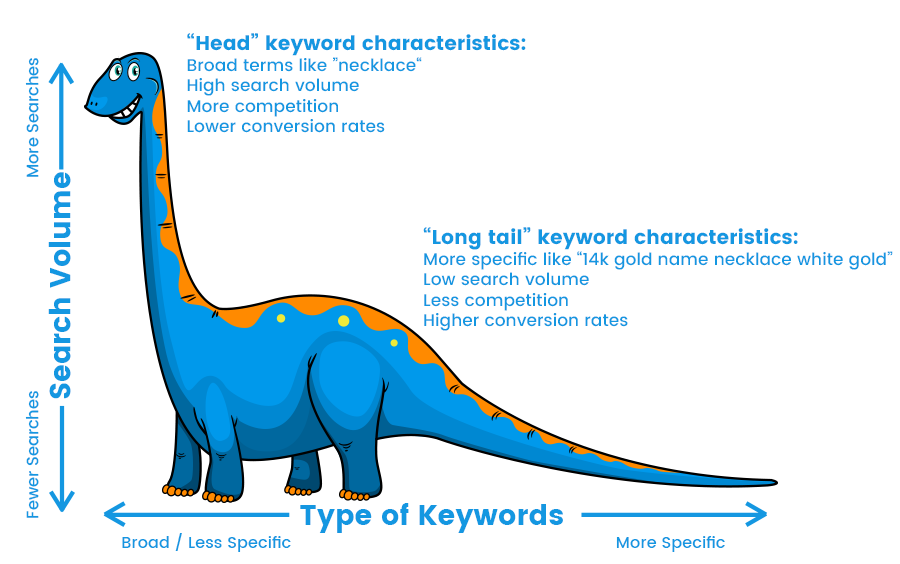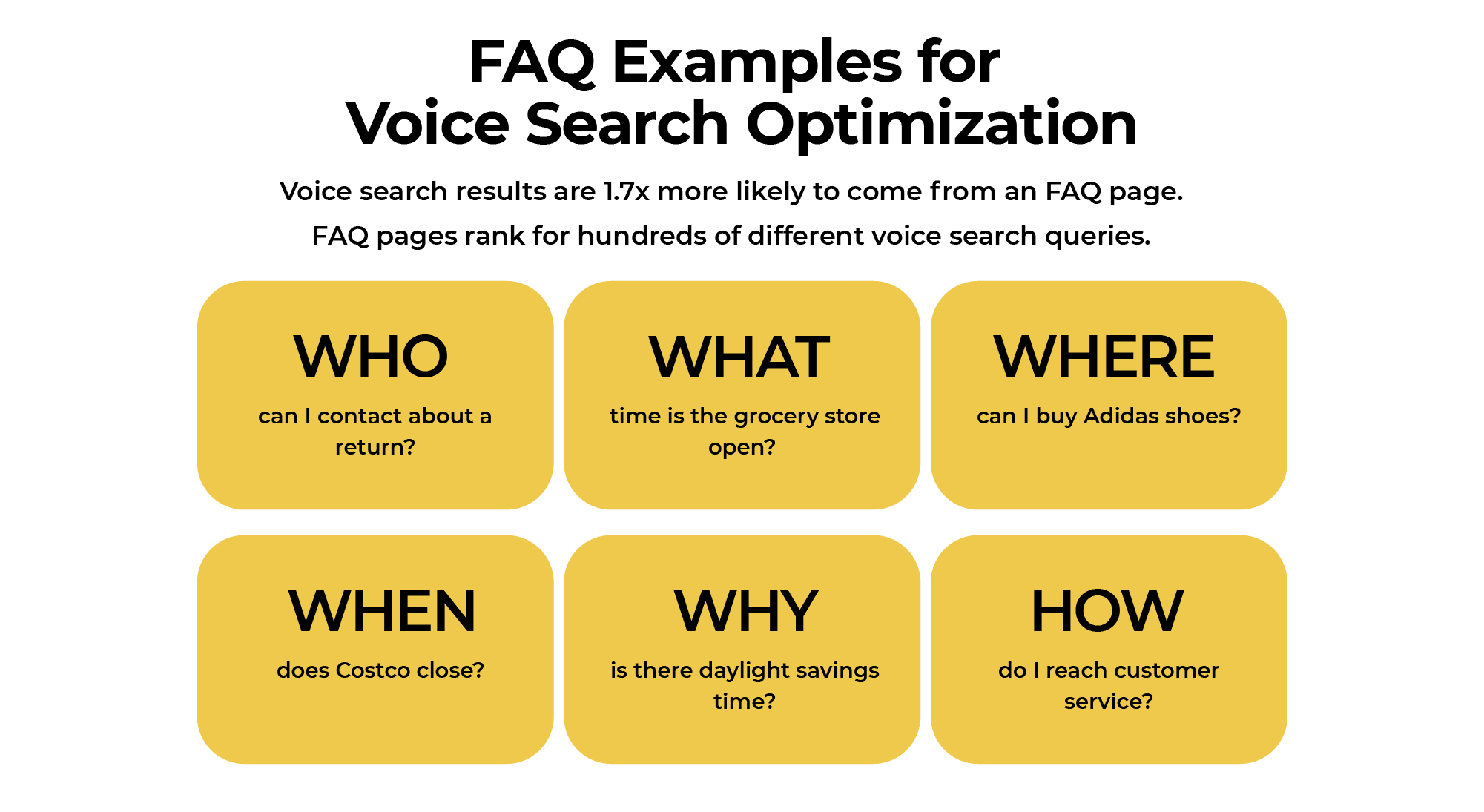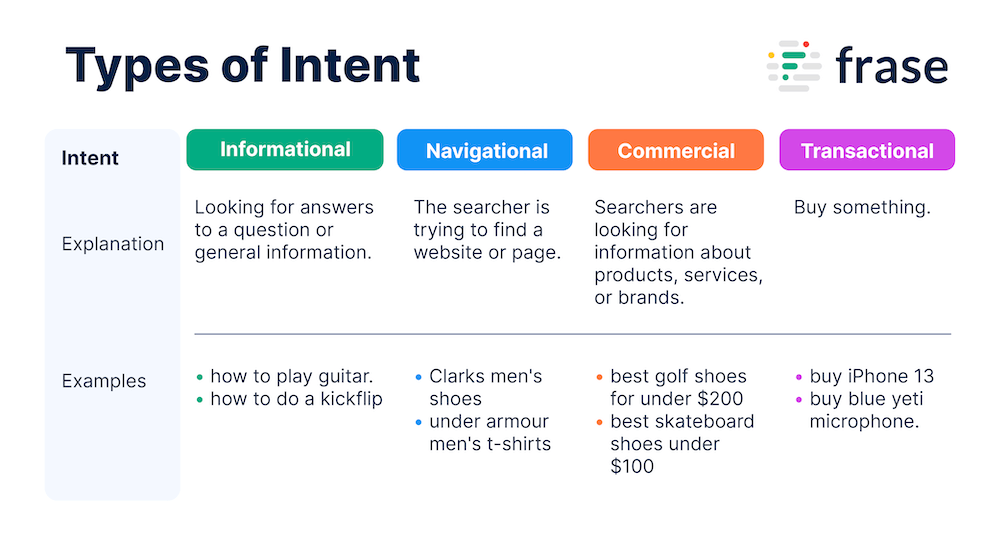
The Rise of Voice Search: How to Optimise Your Digital Marketing Strategy for Success
Author
RHAD Agency
Published
May 19, 2023
In recent years, voice search has emerged as a transformative force in digital marketing.
This new search paradigm is changing how users interact with the internet, powered by advanced natural language processing (NLP) technology and a growing range of voice-enabled devices.
As a result, businesses need to adapt their digital marketing strategies to stay competitive in this evolving landscape.
In this comprehensive guide, we will discuss the rise of voice search and provide a detailed roadmap to optimise your online marketing strategy for this burgeoning trend.
The Emergence of Voice Assistants and Their Impact on Search
Voice-controlled assistants, such as Amazon's Alexa, Google Assistant, and Apple's Siri, have rapidly gained traction among users, offering unprecedented convenience for hands-free search and contextual search.
These virtual assistants leverage natural language processing (NLP) technology to accurately understand and respond to spoken queries, ushering in an era of conversational search reshaping online marketing.
As adoption rates of voice-enabled devices continue to soar, businesses must adapt their online marketing entails rethinking traditional approaches to search engine optimisation (SEO) and embracing new techniques that cater to the unique characteristics of voice-activated searches.

Source: Connection Model
Optimising Your Online Marketing Strategy for Voice-Activated Search Success
1. Focus on Long-tail Keywords
In voice-activated searches, users typically employ longer, more conversational phrases than traditional text-based searches.
As a result, optimising your content for these long keywords is crucial to match user intent better and improve your SEO performance.
Incorporating long-tail keywords into your content will help you rank higher in search results and increase your visibility for voice-activated search users.

Source: eRank Help
2. Prioritise Local SEO
Voice activated searches often revolve around local information, such as nearby businesses, services, or attractions.
By prioritising local SEO, you can enhance your visibility in these searches and attract more potential customers.
This includes optimising your Google My Business listing, acquiring local citations and reviews, and using location-specific keywords in your content.
3. Leverage Featured Snippets
Featured snippets are prime real estate in search engine results pages (SERPs), providing concise answers to user queries.
Content optimisation that appears as a featured snippet increases your chances of being selected by voice-controlled assistants.
Structured data helps search engines better understand your content, making it more likely to be featured in voice-activated search results.

4. Content Optimisation for Voice User Interface (VUI)
Voice user interface (VUI) design principles differ from traditional web interfaces, emphasising brevity and clarity.
When optimising your content for voice-activated search, ensure it is easily digestible and provides straightforward answers to user queries.
This approach caters to the hands-free search experience and improves user satisfaction.
5. Focus on Semantic Search and Mobile-First Indexing
As voice-activated search relies heavily on natural language understanding, semantic search is crucial in optimising your online marketing plan.
By focusing on the meaning and context of your content, you can improve its relevance to voice queries.
With the shift towards mobile-first listing, ensure your website is mobile-friendly and provides a seamless user experience (UX) across all devices.
6. Personalise Your Content
Personalisation is essential in the age of voice-activated search, as users expect tailored results that cater to their specific needs.
By creating personalised content, you can better address user intention and establish a stronger connection with your target audience.
7. Create FAQ Pages
FAQ pages are an effective way to address common user queries and optimise your content for voice-activated search.
By providing clear and concise answers to frequently asked questions, you increase the likelihood of your content being featured in voice-activated search results.
Additionally, these pages enable you to incorporate long keywords and address user intention more effectively.
 Source: First page Strategy
Source: First page Strategy
8. Enhance User Experience (UX)
UX plays a significant role in voice-activated search optimisation.
Ensuring your website is easy to navigate, loads quickly, and is mobile search friendly will contribute to a positive experience for voice-activated search users.
A well-designed website prioritising user needs are more likely to rank higher in search results and appeal to voice assistant users.
9. Implement Natural Language Generation
Natural language generation (NLG) is a cutting-edge technology that can help you create content optimised for voice-activated search.
Using AI-powered tools, you can generate human-like text that caters to the conversational nature of voice-activated inquiry.
This can improve your content's relevance and engagement while streamlining your content creation process.
10. Optimise for Contextual Search
Voice-activated search users often seek information contextually relevant to their current situation, such as weather updates or local business information.
Optimising your content for context search can provide users with the most relevant and up-to-date information, improving your chances of ranking higher in voice-activated search results.
11. Incorporate Conversational Language
Voice-activated search queries are typically more conversational than text-based searches, so optimising your content accordingly is essential.
Adopt a natural, casual writing style that mirrors the language used by your target audience when speaking to voice assistants.
This approach will make your content more appealing and accessible to voice-activated search users.
12. Utilise Schema Markup
Schema markup is essential for improving your visibility in voice-activated search results.
By implementing structured markup on your website, you provide search engines with additional context about your content, making it easier for them to understand and present your information to users.
Structured data also helps search engines display rich results, such as ratings, reviews, and product information, enhancing your online presence and attracting voice-activated search users.

Source: WordStream
13. Adapt to Mobile-First Indexing
As voice-activated searches are predominantly conducted on mobile devices, optimising your website for mobile-first listing is crucial.
Ensure your website is fully responsive, loads quickly on mobile devices, and offers a seamless user experience across different screen sizes.
The mobile-first listing will improve your visibility in voice-activated search results and enhance your overall search engine rankings.
14. Focus on User Intent
Understanding and addressing user intention is paramount in optimising your content for voice-activated search.
Create content that directly answers user queries and provides valuable, actionable information.
By focusing on user intention, you can ensure that your content aligns with voice-activated search users' specific needs and preferences, boosting your search engine rankings and online visibility.

Source: Frase
15. Embrace Local Search and SEO
Given the prevalence of local queries in voice-activated search, optimising your online marketing plan for local specific search and SEO is essential.
Implement location-specific keywords, optimise your Google My Business listing, and create locally relevant content to enhance your visibility in local specific search results.
You can effectively target voice-activated search users seeking information about nearby businesses and services by prioritising local specific searches.
Conclusion
The rise of voice-activated search has ushered in a new online marketing era, necessitating a comprehensive and adaptive approach to search engine optimisation and content creation.
Following the strategies outlined in this guide, you can optimise your online marketing efforts for voice-activated search and stay ahead of the competition.
As the voice-activated search continues to evolve and grow in popularity, businesses must remain vigilant and adapt their strategies accordingly to maintain a solid online presence and drive success in this increasingly voice-driven landscape.
Tap into the Voice-Activated Revolution with Rhad Agency
Unlock the potential of voice search voice-activated search with Rhad Agency, your online marketing partner.
Our expertise ensures your business stays ahead in the voice-driven landscape.
Don't miss the opportunity to attract more customers and boost your online presence. Contact us today and experience the difference!
RHAD Agency

